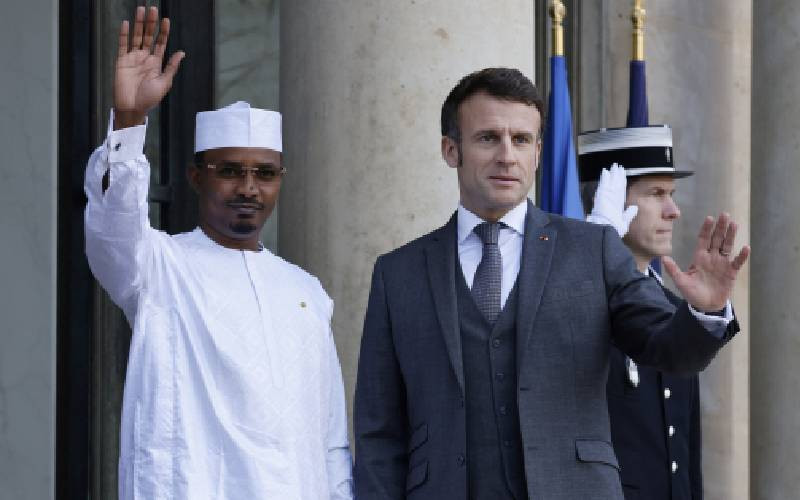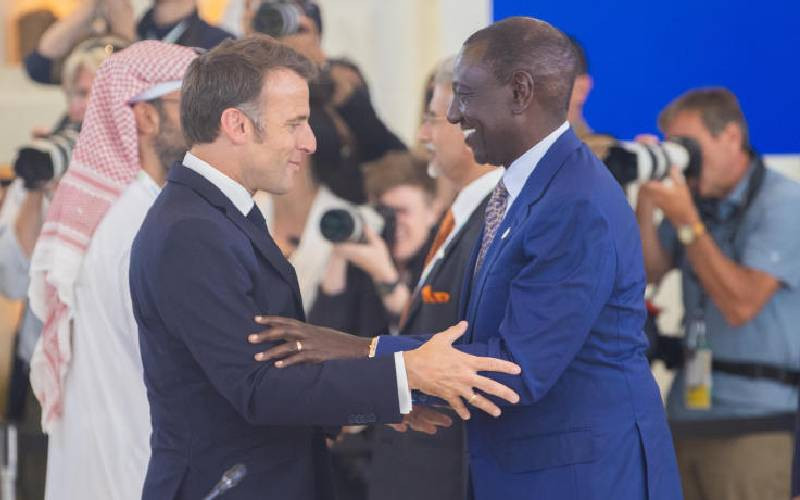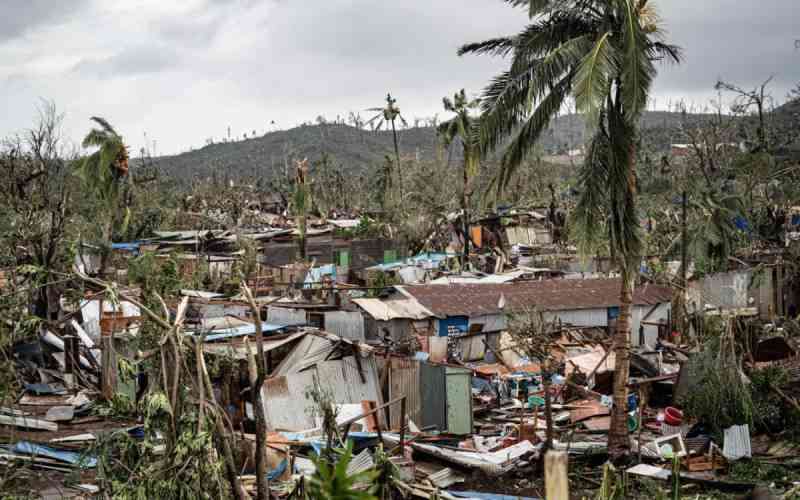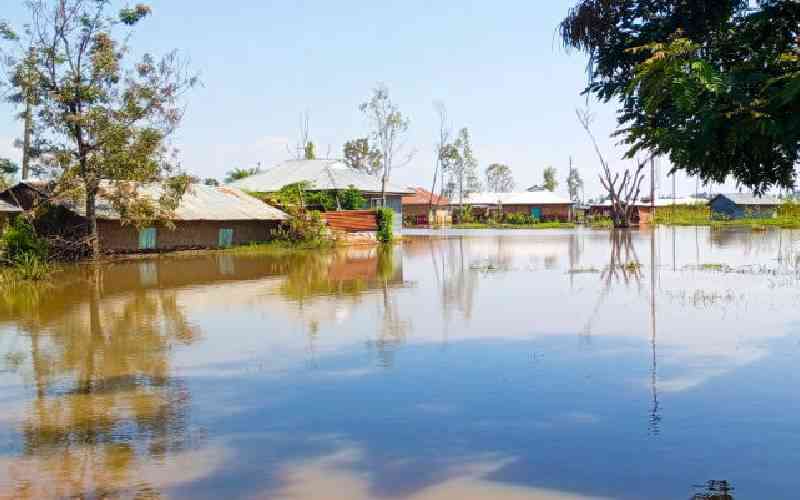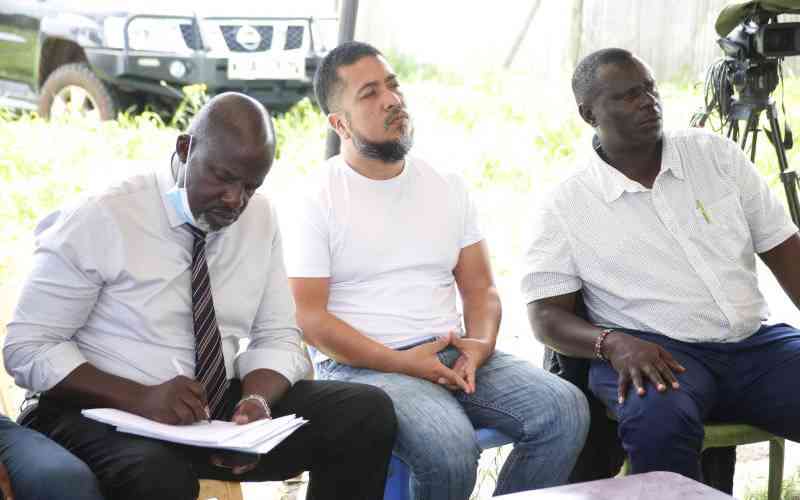Urban legend has it that when tyre manufacturers Michelin wanted to boost their sales, they suffered a brain wave.
To sell more tyres, they reasoned, motorists had to drive longer and more frequently. So the Michelin brothers came up with the Michelina guide. The guide showed fancy places where one could dine out.
To access these places where you could excite your palate and entertain your family, the rubber had to meet the road. The car had to be driven around.
In fact, a culture of tourism was being fostered. This small matter recently came up at a meeting with the French ambassador to Kenya, Rene Marechaux. He said that France attracts 85 million tourists a year. This, he offers, is because it is sold as a cultural product.
While we have more and better beaches, wildlife and sunbathed snow peaks, there is a lot more we could to attract tourists away from the well-beaten tracks. Tourism in France is touted as a chance to meet chefs, taste delicious pastry and wines, visit the open-air markets of Paris, study culinary skills, eat chocolates and sweets, name it!
And we have not spoken about the Louver museum, Eiffel Tower, Elyse de Champs or the vineyards, for which rural France is famous. By simple math, 86 million tourists mean whole populations of Kenya, Uganda and Rwanda being airlifted towards France. Calculate the windfall for the airlines, tour companies and local hotels and restaurants! The French have food as a tourism theme.
Little wonder then that France is the second European economic powerhouse after Germany. So much so that they are not in a hurry to export labour along with their Foreign Direct Investments. Of the 70 French businesses in Kenya, some have a lean expatriate establishment of only one. Their mantra actually is to encourage Kenyans to work in other companies outside of Kenya.
So, experiences where a Kenyan is the Human Resource Director of Lafarge in Canada are not uncommon. Besides, Kenyan exports to France are double those to China, our blue-eyed boy from the East.
Getting out of our economic woes must mean we take advantage of our comparative edge. It would involve learning best practices from those who do better than us in certain domains.
Mr Marechaux believes Kenyan firms can take advantage of advanced technology in France by setting up bases there to strengthen their regional strategy.
Kenchic, for example, is willing to take up such challenge as a leader in poultry farming and products. Trade balance between us and our more developed friends will take a mixture of benevolence and creativity to be evened out.
We must build world-class infrastructure to attract millions of tourists and large amounts of good that will happen at our harbours that moment when Foreign Direct Investment happens.
When we make trips out there, instead of shouting hoarse about Masai Mara, why don’t we advertise our high-altitude athletics training camps of Iten and the larger Nandi County?
Why don’t we talk about the rich heritage the Portuguese left along the Kenyan Coast?
How many Portuguese tourists visit Malindi to view the Vasco Da Gama pillar? What are we doing to sell the Kenyan coast as a historical and cultural destination beyond its white sandy beaches?
Stay informed. Subscribe to our newsletter
We have many chances of diversifying our offerings. The non-stop junkets to London, New York, Barcelona to sell Maasai Mara and our beaches must add another chorus to its beat.
The message would be richer if our Coast could be an educational tourism destination as well. But let us take heart.
Maybe we need to venture out and get lost in the process. The French Ambassador, after all, once took a long trip from Paris to South Africa. He ran into bad guys in Cameroon and Nigeria, got out of cash in Kigoma Tanzania, was granted 16 dollars and found his way to Lusaka.
So for our honchos at the Kenya Tourism Board and the ministry, we wish you Bon Voyage and Bon Appetite as you look towards Paris for lessons in bringing in tourists.
Sometimes, even chaos and noise can be a city’s trade mark. Kampala, Doula or Kisumu would lose their taste if we were to remove the motorcycle madness and the taxi touts shouting for passengers.
In fact, just like they sell the multi-coloured taxis of Dakar, our own matatus; graffiti and all, can be a lure to the tourist looking for bonhomie and a little mad side of town.
This also calls for preserving old buildings as part of our heritage. While Parisians preserve their Duex Maggot, nobody knows where Wimpy, Y-Not, Nonics or Green Corners are. No one can tell they used to be popular Nairobi restaurants some years back. Parisians sell open kitchen restaurants as attractions. Wimpy on Tom Mboya Street used to offer just that!
 The Standard Group Plc is a
multi-media organization with investments in media platforms spanning newspaper
print operations, television, radio broadcasting, digital and online services. The
Standard Group is recognized as a leading multi-media house in Kenya with a key
influence in matters of national and international interest.
The Standard Group Plc is a
multi-media organization with investments in media platforms spanning newspaper
print operations, television, radio broadcasting, digital and online services. The
Standard Group is recognized as a leading multi-media house in Kenya with a key
influence in matters of national and international interest.
 The Standard Group Plc is a
multi-media organization with investments in media platforms spanning newspaper
print operations, television, radio broadcasting, digital and online services. The
Standard Group is recognized as a leading multi-media house in Kenya with a key
influence in matters of national and international interest.
The Standard Group Plc is a
multi-media organization with investments in media platforms spanning newspaper
print operations, television, radio broadcasting, digital and online services. The
Standard Group is recognized as a leading multi-media house in Kenya with a key
influence in matters of national and international interest.

